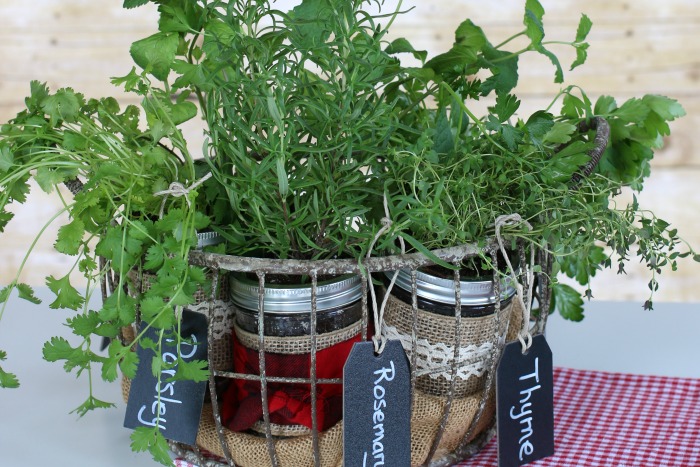Indoor Gardening

Indoor Gardening is quickly growing in popularity. Not only is it easy and fun, it can also be therapeutic to grow herbs and vegetables yourself.
Winter is coming! For those of us who reside where we experience four distinct seasons, this statement brings about feelings of both excitement and dread. As a gardener, I approach fall and winter with similar mixed emotions. On one hand, my workload reduces as I am drawn back in for the winter but I also feel a sense of urgency to make the most of the dwindling growing season. That was until I realized that my gardening could continue indoors albeit on a smaller scale.
Did you know that there are several herbs and vegetables that you can grow all winter?
Herbs
- Chives grow quite well indoors and they can add their mild garlic flavor to egg salad sandwiches and baked potatoes all winter long. For best results, plant established plants from your garden center or transplant them from your garden into a container of your choice. Place your pots in a sunny window and water daily but never saturate the soil.
- Mint adds excellent flavor to tea and mint juleps are not the same without a fresh sprig. Experienced gardeners proceed with caution when it comes to anything in the mint family because it can quickly take over the entire bed. This makes this shade loving perennial an ideal choice as an indoor container herb. Plant it in a container with adequate drainage and water it regularly misting it with water when the air is especially dry.
- Thyme’s distinctive flavor for winter soups and stews make its availability particularly desirable during these cooler months. Thankfully, thyme grows quite well indoors. As a low growing semi-woody perennial it will require more sunlight than mint or chives. Place established plants in a south facing window that will receive 4-6 hours of sunlight daily.
- Rosemary is an herb that most cooks consider a staple of a well equipped culinary kitchen. It’s leaves, which more closely resemble evergreen needles, contain intense amounts of flavor that many chefs and accomplished cooks include in marinades and breads. Also, as a woody perennial, rosemary will grow best in a south facing window that receives around 6 hours of sunlight each day. This plant should be watered daily and will benefit from periodic misting during dry winter months.
No need to run to the store for fresh herbs anymore, this Mason Jar Herb Garden will do the job.
Vegetables
- Romaine Lettuce: Did you know that you can cut the top off of your romaine and grow it back again? Simply use romaine in your next Caesar Salad then place the base in a bowl of water for one week. Once you see new leaves start to form, just plant the base in a pot and be sure to cover the bottom with potting soil. The new growth can be harvested within several weeks.
- Celery is a crop that when grown from seed takes approximately 120 days from sown seed to harvest. Fortunately, you can apply the same technique described above for romaine lettuce to grow celery indoors from its base in less than 60 days!
- Microgreens: This is great opportunity to use leftover seed from your spring garden. Simply sprinkle your favorite leafy green seeds in the top of a pot of soil with good drainage. Then cover lightly with more soil and water daily and keep evenly moist by spritzing with water. Microgreens are ready for harvest when they are small between 2-4 inches tall. These are best used to enhance the flavor of salad mixes or sandwiches.
Poached Eggs via Savory Experiments
Want to know the best part about growing herbs and vegetables indoors? This isn’t even an exhaustive list! There are several more herbs and vegetables that you can successfully grow indoors this fall and winter. If you are really interested in growing vegetables and herbs indoors, consider investing in a cool mist humidifier, a grow tent, and a set of full spectrum fluorescent lighting. Although winter is coming, your access to fresh produce and the satisfaction of gardening can be sustained until spring has sprung.







